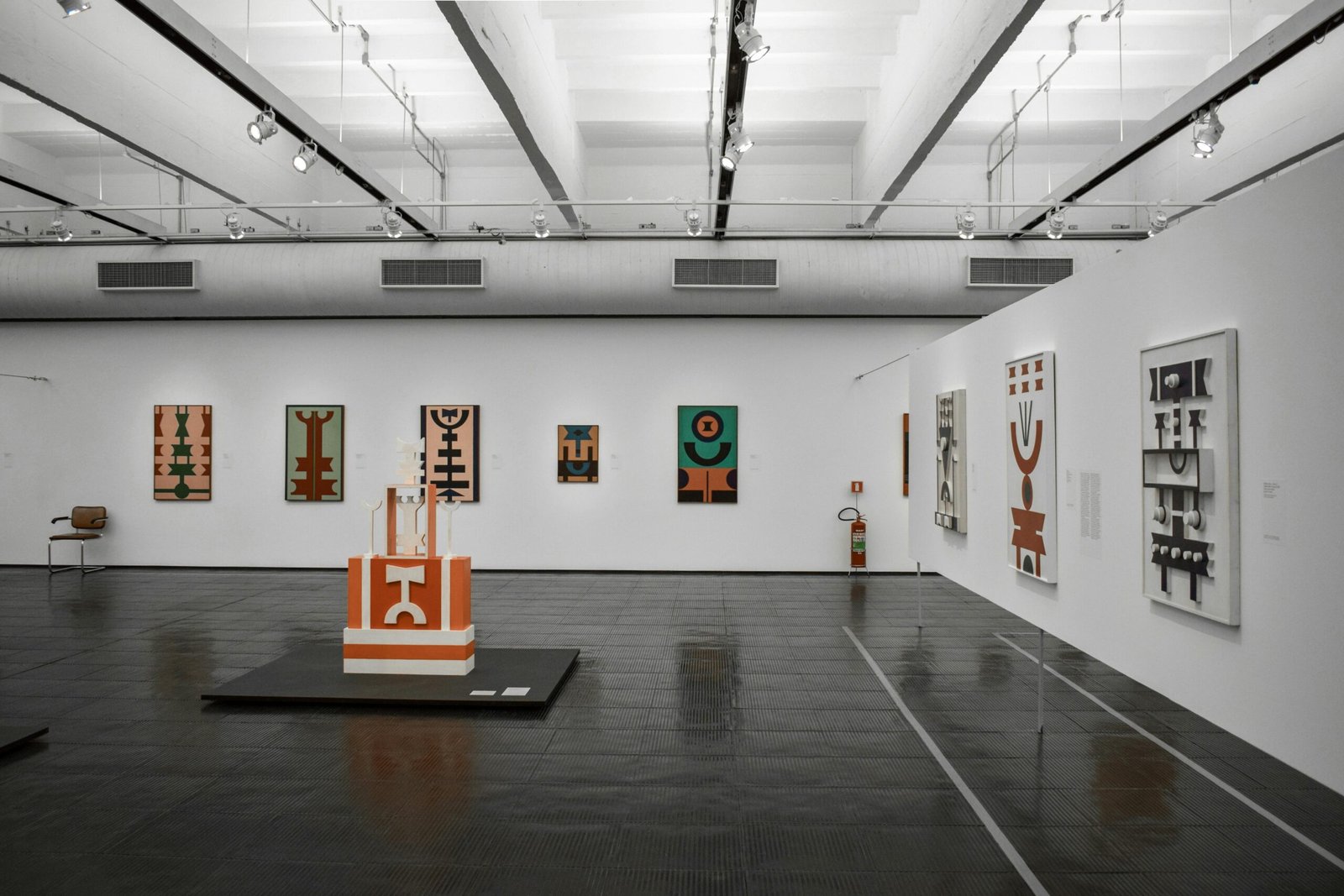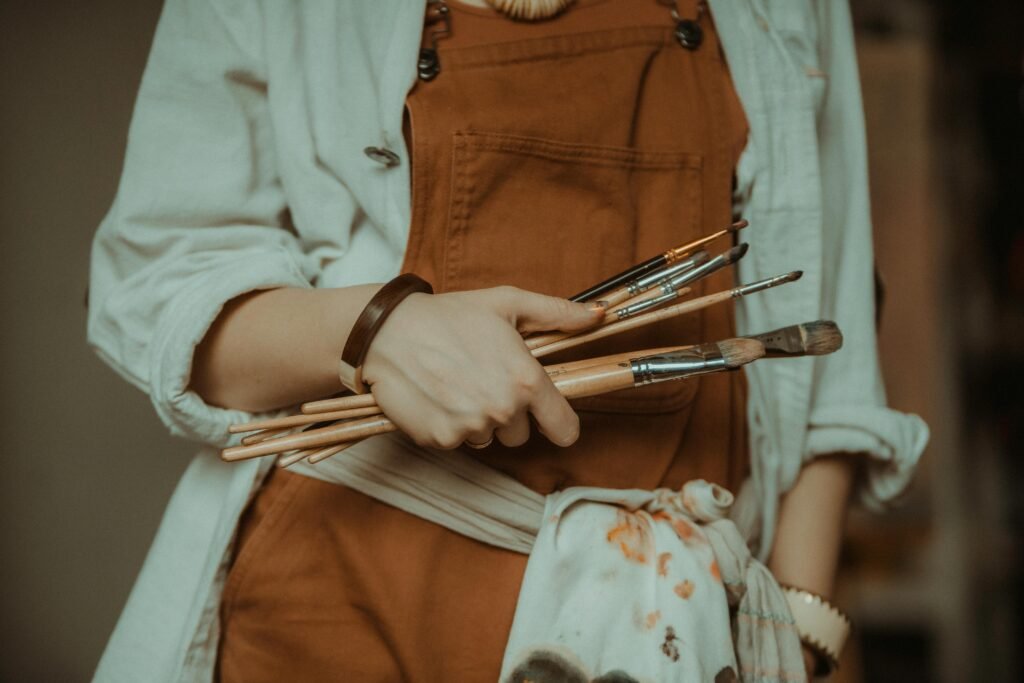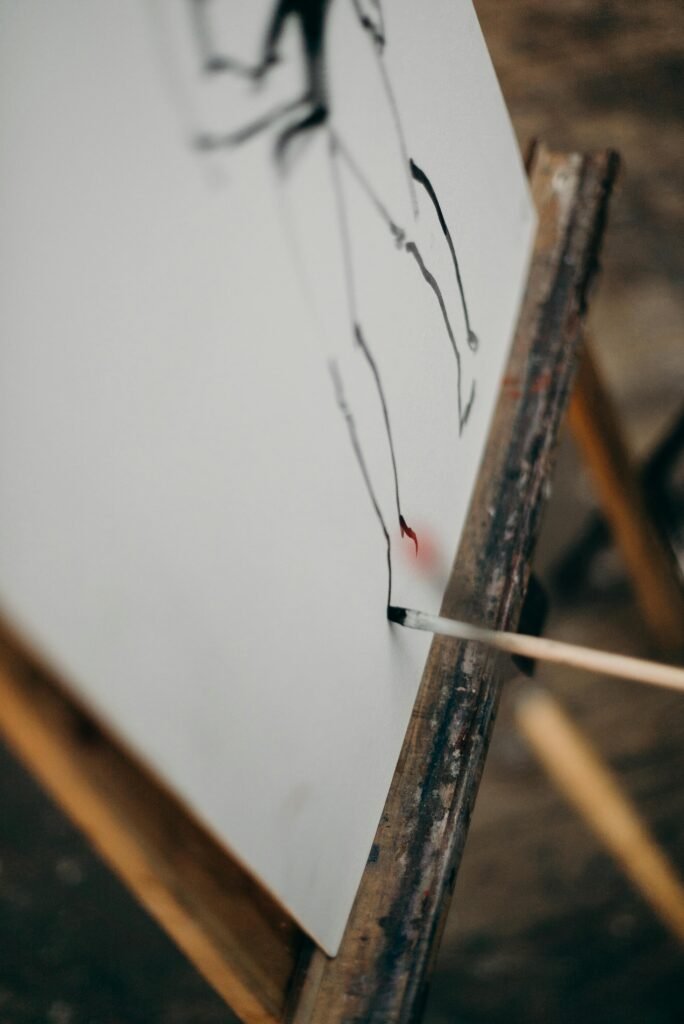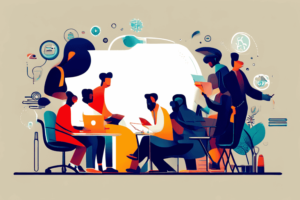Unlocking Opportunities: How Creators Can Find Jobs and Growth in the Art Industry

Long considered a point where dynamic energies are crossed between creativity and business. The art world opens unparalleled opportunities for professional growth, artists’ self-discovery, and personal development. Nevertheless, the world of art is hard to negotiate, especially for new entrants and those who find themselves searching for new means of articulation for their talent. Times are fast-changing, and with digital platforms, global connectivity, and an increasing appreciation of creative work, this blog examines how creators find jobs in art industry, grow networks, and thrive.
- Understanding Opportunities in the Art Industry
The contemporary art scene is no longer limited to traditional galleries and exhibition spaces. It has expanded into the public sphere, spreading across digital platforms, social media, corporate partnerships, community initiatives, and beyond. Fine Art and Galleries: The most prestigious routes for an artist to gain recognition involve showcasing their work in a gallery, but achieving this demands networking and perseverance.
Digital Art and NFTs: Blockchain technology has truly created fresh markets where digital artists can sell their creations as non-fungible tokens, commonly known as NFTs.
Creative Services: Many companies look for graphic designers, illustrators, and various visual content creators to meet all their branding, marketing, and advertising requirements.
Community Initiatives: Local art projects, murals, and events serve as excellent opportunities for enhancing portfolios and engaging with the community.
Freelancing and Commissions: Platforms like Fiverr, Upwork, Behance, and others have simplified access to freelancing opportunities and custom commissions for creators.
The greater the understanding artists have of the numerous opportunities available, the more effectively they can match their skills and passions with specific career options.

- Online Presence Building
Online presence building is truly important when looking for art industry jobs. No contemporary artist can be envisioned in the digital generation without a well-constructed online presence. Platforms such as Instagram, TikTok, Behance, and Dribbble enable creatives to display their portfolios and attract attention from users globally. Below, you’ll find a description of how to maximize the full potential of these platforms.
Regularity: Share your projects, progress, and methods consistently. Regularity will develop your audience over time.
Engagement: reply to comments, engage with fellow creators, take part in art challenges or trends. Involvement fosters community.
Story-Telling: Each creation has a tale behind it. At times, individuals show as much interest in the creator as in the creation.
Diversified Content: Rather than solely sharing your completed projects, include your sketches, process clips, and behind-the-scenes footage that demonstrate your versatility.
Professional Website: While social media offers great benefits, possessing a personal website or portfolio enhances credibility and serves as a single point of reference for clients.
Your digital presence frequently creates the initial impression, so ensure it reflects your distinctive voice and vision.

- Networking and Collaboration
Indeed, the art world completely validates the expression, “it’s not what you know, but rather who you know.” And, when you are looking for jobs in art industry, this is particularly true. Networking can offer you opportunities that you might not discover through traditional job searching methods.
Participate in Events: Aim to participate in gallery openings, art fairs, and creative workshops to connect with like-minded individuals and other experts in your area.
Engage with communities, whether through online forums, Facebook groups, or elements.xyz, where creators come together.
Work with Other Artists: Joint projects, collective exhibitions, or even coordinating simultaneous social media campaigns will broaden the audience.
Mentorship: Receive guidance from acclaimed artists and experts in their industries; this provides valuable feedback concerning your objectives.
Networking isn’t just about being acquainted with others; it’s about building relationships that foster mutual growth across various aspects.
- Upskilling and Adaptability
The ever-evolving face of the art world generally requires one to go with the flow in order to remain relevant: sometimes through new learnings, other times by explorations of media.
Knowledge about digital tools: Software like Adobe Creative Suite, Procreate, and Blender holds so much worth for a creator these days.
Understand the trends coming in about the arts: Familiarize yourself with the coming trends such as AR art, sustainable practice, and mixed media.
Workshops and Courses: Continuous learning through platforms such as Skillshare, Coursera, or Udemy.
Practice Diversification: It will make you more attractive to a variety of clients and partners.
Being flexible is the keyword that helps one survive in the ever-changing world of art.
- Selling Your Art
In having a sustainable living, it is important for artists to come to realize just how they can monetize their work. Here is how:
Prints and Merchandise: Sell prints, apparel, or other accessories of your art through Etsy or Redbubble.
Commissioned Work: Create one-of-a-kind works on demand for clients, either individual or corporate.
Art Licensing: License designs to other brands to create products.
Patreon/Memberships: Allow access to premium content, such as tutorials or early work, in exchange for subscription-based dollars.
Grants/Residencies: Apply for grants or residencies as an artist that may fund projects.
Knowing your audience and how much to charge are the keys in the steps toward financial stability.
- Challenges
The art industry, though rich in opportunities, is not without its fair share of challenges. When looking for art industry jobs, consider:
Competition: Success within the competitive market requires a high level of perseverance combined with individuality.
Lack of Financial Stability: Due to freelancing or working project-wise, generate several means for financial income.
Creative Blockages: Go back to your roots, travel, and work with other people; try and see what works.
Rejection: It’s part of life. Keep honing your skills and be aware of other opportunities.
Finally, resilience and good mindset are the keys towards very long-term success.
- The Role of Elements
Web applications are going to bridge the gap between creatives and their opportunities. Combining in one roof the visually oriented inspirations of Pinterest with marketplace aspects of Craigslist, Elementss equips artists with a powerhouse capability to do the following:
Resource Discovery: Find the resources-tools, tutorials, supplies-fit to your needs.
Connect to Opportunity: Find job postings, commissions being asked for, or extend or be extended an offer to collaborate.
Community: Meet the likeminded enthusiasts just as excited to create.
In a constantly changing world of art, sites like Element s will have an important place by your side down the road.
Conclusion
The art sector is vast and vibrant, offering numerous opportunities for those who can investigate, adjust, and connect. Utilize digital resources to your advantage, cultivate meaningful connections, and continually refine your skills, and opportunities will eventually open up for a fulfilling and prosperous career.
At elementss, we are dedicated to supporting creators flourish by offering the resources, motivation, and community required. Regardless of whether you’re an experienced expert or a newcomer, the future of art is yours to master.
Ready to take the next step? Explore the possibilities on elementss.xyz today!
Share:
More Posts

The Ultimate Graphic Design Pro Blueprint: Trends, Tools, and
Why Graphic Design Matters in Today’s Digital World Graphic design is more than designing aesthetic visuals—it’s about creating ideas, evoking feelings & feelings , and

Find Creative Design: Your Ultimate Guide to Inspiring Visuals
These days, staying ahead in the digital world takes more than just keeping up—it’s about standing out. If you’re someone who’s designing for a living,

Creative Community Platform: Unlocking the Power of Collaboration
We live in a time where ideas move fast—and if you’re a creative person, keeping up means finding the right people and the right space

Art Showcase: Your Ultimate Guide to Creating and Showcase Your work.
artists and viewers. Regardless of whether you’re a curator, artist, or art lover, gaining insight into the nature of an art exhibit can help you

